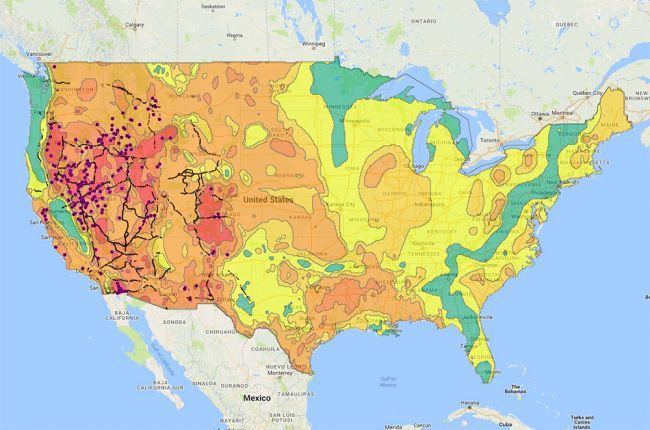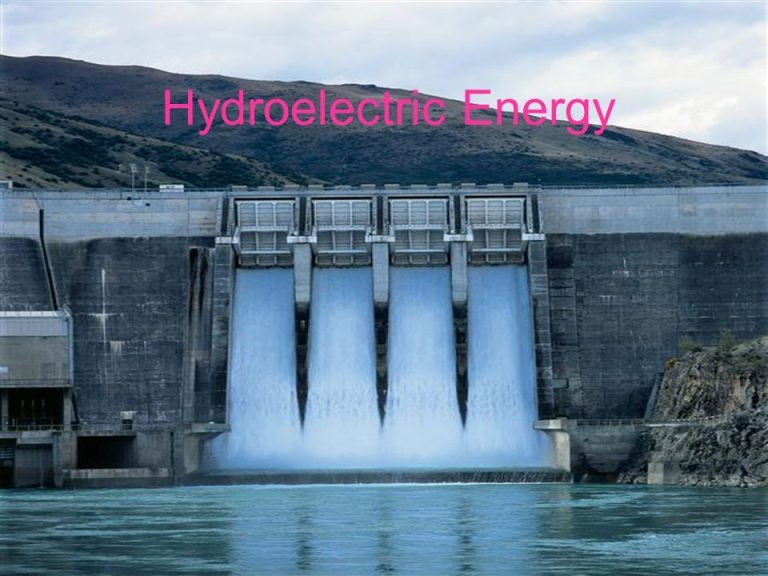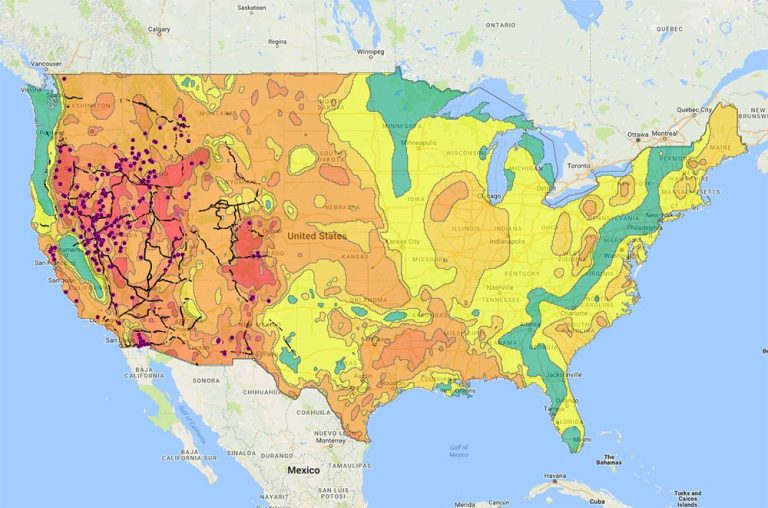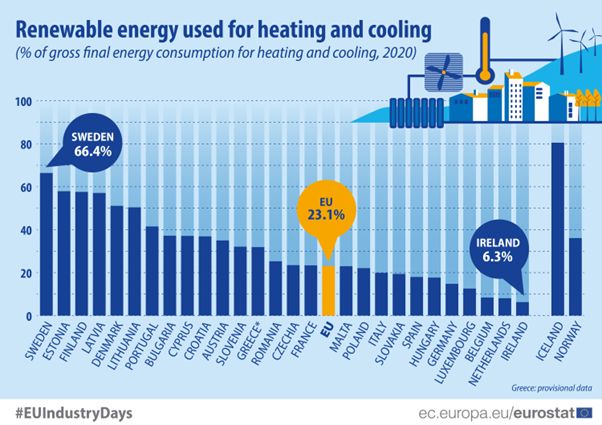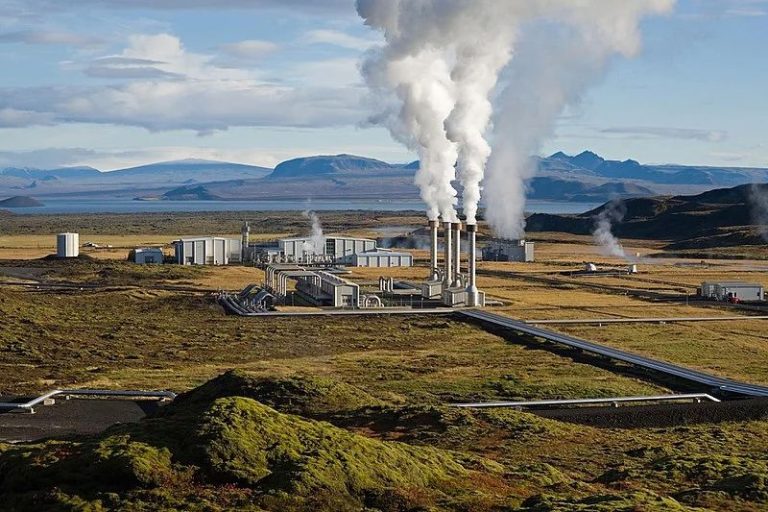What Is The One Bad Thing About Using Geothermal Heat Pumps?
Upfront Costs
Geothermal heat pump systems have significantly higher upfront costs compared to conventional HVAC systems due to the drilling required. According to Forbes, installation costs for a standard residential geothermal system range from $8,000 to $24,000. The depth and number of boreholes needed directly impacts the installation expense. Drilling fees are typically $15-$35 per foot. For a typical home, contractors must drill 300-600 feet to install a vertical loop system. This extensive drilling leads to high labor and material costs.
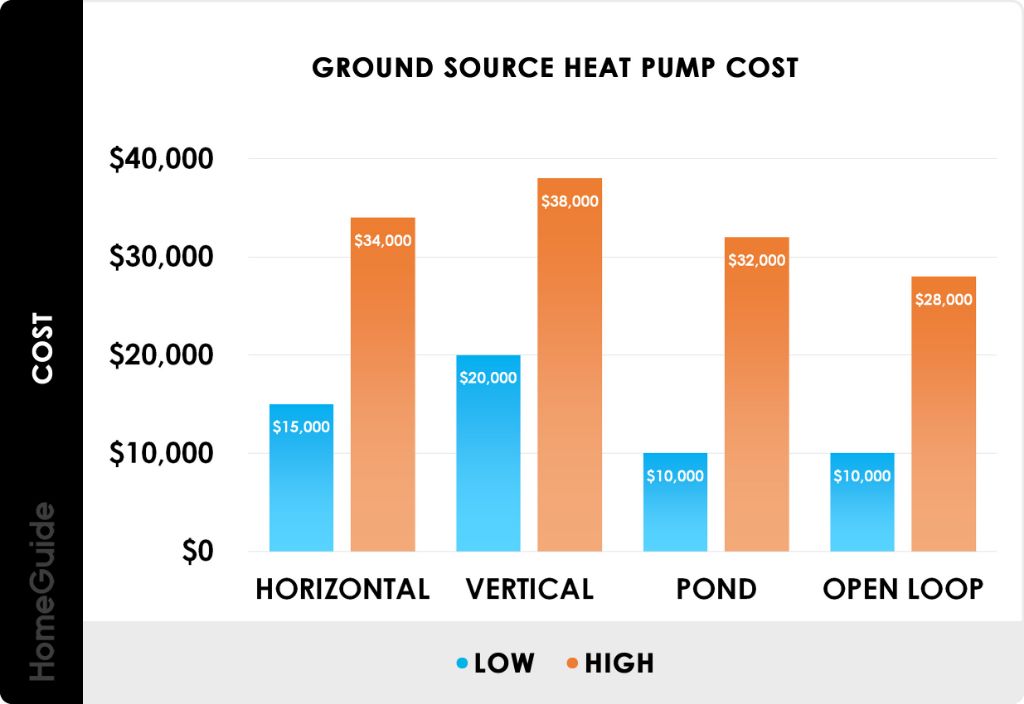
The Climate Master website states that total costs for a geothermal system in a house often reach $18,000 to $30,000. However, geothermal systems have significantly lower operating costs over their lifespan compared to conventional systems. The upfront investment in drilling and installation is recouped through energy savings over time.
Limited Applications
One disadvantage of geothermal heat pumps is that they have limited applications. Geothermal energy is only suitable for heating and cooling buildings; it cannot be used to power vehicles or other mobile applications (Source). This is because geothermal systems rely on pipes buried underground or submerged in water to transfer heat. The systems are not portable like gas, diesel, or batteries. While geothermal energy works very well for heating and cooling homes, businesses, and other buildings, it is not an option for transportation, portable generators, or mobile devices. The geothermal infrastructure of underground pipes and pumps necessitates a fixed installation. Compared to fossil fuels which can power many applications, geothermal is limited primarily to climate control for stationary structures.
Unsuitable Geology
One of the main limitations of geothermal energy is that it relies on specific geological conditions in order to be viable. Areas without adequate subsurface heat reserves or porous rock for fluid circulation simply cannot utilize geothermal power.
Geothermal plants require geologically active areas with good permeability in the subsurface rock layers. This allows water to circulate through the hot rocks below and bring heat up to the surface through production wells. Key geological factors include subsurface temperatures, rock porosity, permeability, thermal conductivity, and the depth of circulating fluids.
According to a study, detailed 3D geologic mapping is often needed to properly assess the geothermal resources in an area. The availability of useful heat ultimately depends on the geological conditions present below the surface.
This limits geothermal power to tectonically active regions with modern volcanism and high heat flow like western North America, East Africa, and Indonesia. Areas without adequate geothermal resources underground do not have the option to utilize this technology.
Land Usage
One downside of geothermal energy is that it can require a significant amount of land area. Geothermal power plants are generally large facilities, and the process of drilling geothermal wells can disturb and take up surface land [1]. The drilling pads, pipelines, and roads associated with geothermal development may impact or limit other uses for the land.
However, geothermal energy has one of the smallest land usage footprints compared to other renewable energy sources. Per kilowatt-hour (kWh) of electricity generation, geothermal plants use about 3.5 square meters of land on average. This is far less than solar photovoltaic (140 sq m/kWh) and wind (72 sq m/kWh) [2]. Overall, geothermal has a small spatial footprint and land use impact compared to other clean energy technologies.
Maintenance
Although geothermal heat pump systems are very reliable, the pumps and piping do require some maintenance. The heat pump unit should be inspected annually, with filters cleaned or replaced. The underground piping loop is sealed and should not need servicing, but an inspection every 3-5 years can identify potential issues like leaks or damage. Annual preventative maintenance costs for a geothermal system average $150-$300 per year according to HomeAdvisor. This is comparable to the maintenance costs for an air conditioner or furnace. Major repairs are rare, but fixing or replacing components like heat pumps, pumps, or piping can cost $2000 or more.
Regulations
One potential downside of geothermal heat pumps is that installation and operation may require adherence to certain regulations. According to the U.S. Department of Energy, geothermal development on public lands is subject to federal, state, and local regulations, which can impact project costs and timelines (
https://www.energy.gov/eere/geothermal/articles/regulatory-impacts-geothermal-development). For example, installing a geothermal system requires permits for drilling wells and disposing of drilling fluids. Ongoing operations may also require monitoring and reporting to ensure environmental protections. Overcoming regulatory hurdles can be challenging but is important for responsible geothermal development.
Water Usage
Geothermal systems rely on water for heat transfer to and from the ground. The water is circulated through pipes into the ground, absorbing heat from hot rocks or reservoirs, and is then pumped back to the surface to transfer that heat into buildings or to generate electricity.
This water must be replenished over time as some is lost through evaporation, leakage, or discharge. Most geothermal plants use between 2000 to 4000 gallons of water per megawatt-hour of electricity produced (Source). The US Department of Energy estimates geothermal plants use about 1-8% as much water as coal power plants and about 4% as much as nuclear plants per unit of energy produced (Source).
While geothermal water use is lower than conventional power sources, it can still strain local water supplies if not properly managed, especially in arid regions. Some geothermal plants use closed-loop systems which recycle the water, while others require constant replenishment from nearby water sources.
Seismic Activity
One potential issue with geothermal energy is the risk of induced seismicity or minor earthquakes. According to a report by the Department of Energy, injecting water into deep geothermal reservoirs can increase pressure and cause existing faults to slip, resulting in small earthquakes typically between 1.0 and 3.5 magnitude. While most induced seismic events cause little to no damage on the surface, the possibility of feeling ground shaking can make some communities wary of geothermal development. For example, a project in Basel, Switzerland was shut down after causing several small quakes between 2006-2007 [1]. However, with proper site selection, monitoring, and transparent communication, the risks of induced seismicity can be minimized.
Methane Release
There is a risk of methane release into the atmosphere with geothermal heat pump systems. Geothermal reservoirs can contain naturally occurring methane which can potentially leak to the atmosphere during geothermal operations. One study found that while methane emissions from geothermal power plants are relatively low compared to other sources, leakage rates are highly variable depending on the geothermal reservoir characteristics (Etiope, 2007). Proper monitoring and maintenance of geothermal systems is important to minimize methane leaks.
Research shows that methane emissions from geothermal systems in California and elsewhere represent less than 1% of total U.S. anthropogenic methane emissions (Geothermal Energy Association, 2012). While small compared to other sources, methane leakage from geothermal can contribute to greenhouse gas emissions and should be managed through careful site selection, system design, and monitoring.
Efficiency Comparisons
While geothermal energy is generally efficient, other renewable energy sources like solar and wind may be more efficient in some cases. Geothermal heat pump systems typically have efficiencies around 300-600% for heating and cooling, meaning 1 unit of electricity can move 3-6 units of heat energy. However, the efficiency of solar panels is now over 20% and increasing, allowing them to convert sunlight into electricity more directly. Wind turbines can reach close to 50% efficiency. So in areas with good sun or wind resources, those technologies may capture more energy for the same investment as a geothermal system.

